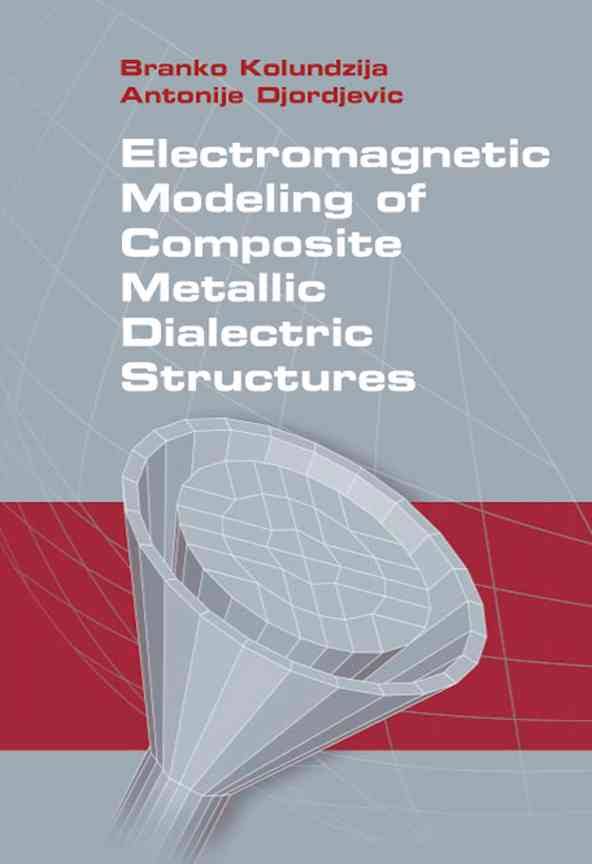A great reference to the theory that has been implemented in practice through WIPL‑D code can be found in the book “Electromagnetic Modeling of Composite Metallic and Dielectric Structures” written by Professor Branko M. Kolundzija and Professor Antonije R. Djordjevic.

Title: Electromagnetic Modeling of Composite Metallic and Dielectric Structures
Authors: Branko M. Kolundzija and Antonije R. Djordjevic
Publisher: Artech House
Copyright: 2002
Pages: 424
ISBN: 9780890063606
Contents: Introduction. Formulation of the Problem. Method of Moments. Geometric Modeling of Structures. Approximation of Currents. Treatment of Excitation. Solution of Equations for Current Distribution. Post Processing of Data. Numerical Examples.
This resource provides a much wider choice of analytical solutions to the everyday problems encountered in electromagnetic modeling. The book enables usage of cutting‑edge method‑of‑moments procedures, with new theories and techniques that helps to optimize computer performance in numerical analysis of composite metallic and dielectric structures in the complex frequency domain.
For the first time, comparisons and unique combinations of techniques bring the elements of flexibility, ease of implementation, accuracy, and efficiency into clear view. Numerous examples are given – from simple to complex – including scatterers, antennas and microwave circuits. One can get an in-depth presentation of intricate models, including TV UHF panels, horn, parabolic, microstrip patch antennas, and many others. More than 800 equations and 150 illustrations support key topics.
Publications describing theoretical basis, technical aspects of using the code, application papers and finally papers referencing the use of WIPL-D products before 2012 can be downloaded from the links below.
Theoretical Papers Technical Papers
Application Papers References to WIPL-D
Most relevant IEEE publications that describe numerical methods/algorithms embedded into our software are shown below.

